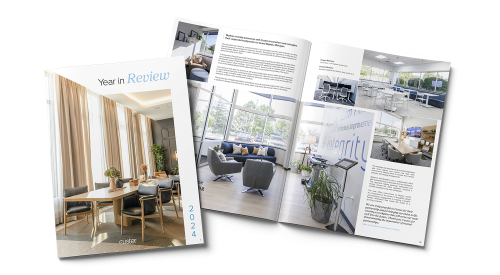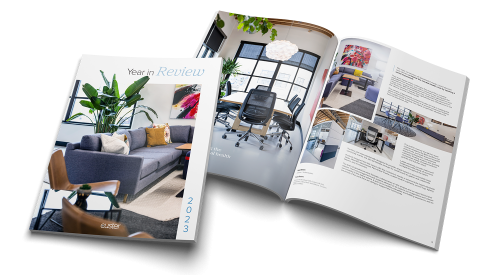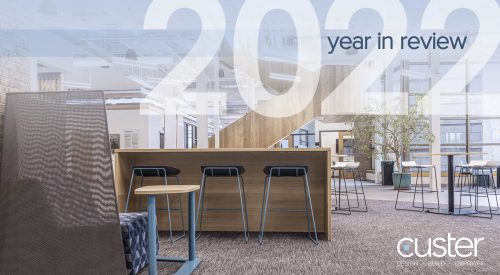- Blog
- 4 Ways Classroom Design Can Help Students with Anxiety
4 Ways Classroom Design Can Help Students with Anxiety

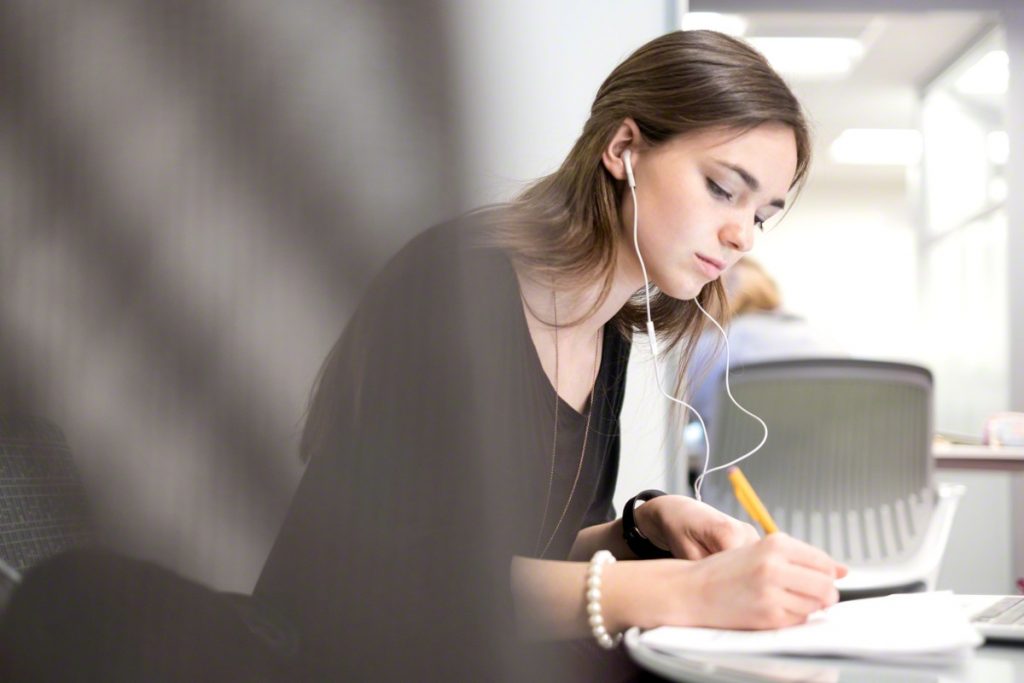
Restlessness. Fidgeting. Trouble concentrating and rising heart rate. Anxiety symptoms can cause significant disruptions to classroom learning. And today, it’s not a matter of if students are suffering, but how often and in what ways. According to the National Association of School Psychologists, with a 10% frequency rate of anxiety disorders, a middle school class of 30 students could have as many as three students struggling with an anxiety disorder. As students grow older, the frequency rate rises: almost half of college students said they felt overwhelming anxiety according to the 2013 National College Health Assessment, which examined data from 125,000 students from more than 150 colleges and universities. While anxiety is influenced by a number of factors, the classroom can play a part in helping students who struggle with anxiety. Below are four ways to improve classroom design for students with anxiety:
1. Determine the right classroom seating

For a student with anxiety, just walking into the classroom and seeing how it’s set up is enough to induce tension or discomfort. Providing each student a personal, adjustable work surface can help by giving them more choice and control, even while the seating layout changes with new tasks. Further, providing seating options that move easily can help to minimize the stress of change and transition.
Flexible seating options also allow students to sit wherever they’d like for however long they’d like. With a seating option like the Node chair, students may be more willing to take a social risk because it isn’t permanent; for example, a student may seat herself near a classmate who is able to help her get to an answer faster, but because her chair can be easily moved elsewhere she doesn’t have to worry about being “stuck” next to them for the whole class period.
2. Create optimal testing conditions
Having extended time to take a test or utilizing another quiet, distraction-free room can be helpful for students with anxiety. To this end, privacy screens provide a helpful visual barrier between students. Personal whiteboards can provide the same visual barrier by simply placing them in a table dock.
3. Provide written/visible directions
Anxiety can cause problems with attention and keep kids from participating in class. Using the whiteboard or classroom technology to make instructions, schedules, and assignments readily accessible helps students stay on task. If or when students become distracted, they can easily look back at the whiteboard for the information they need. Mobile whiteboards allow written instructions to be moved around the classroom if necessary.
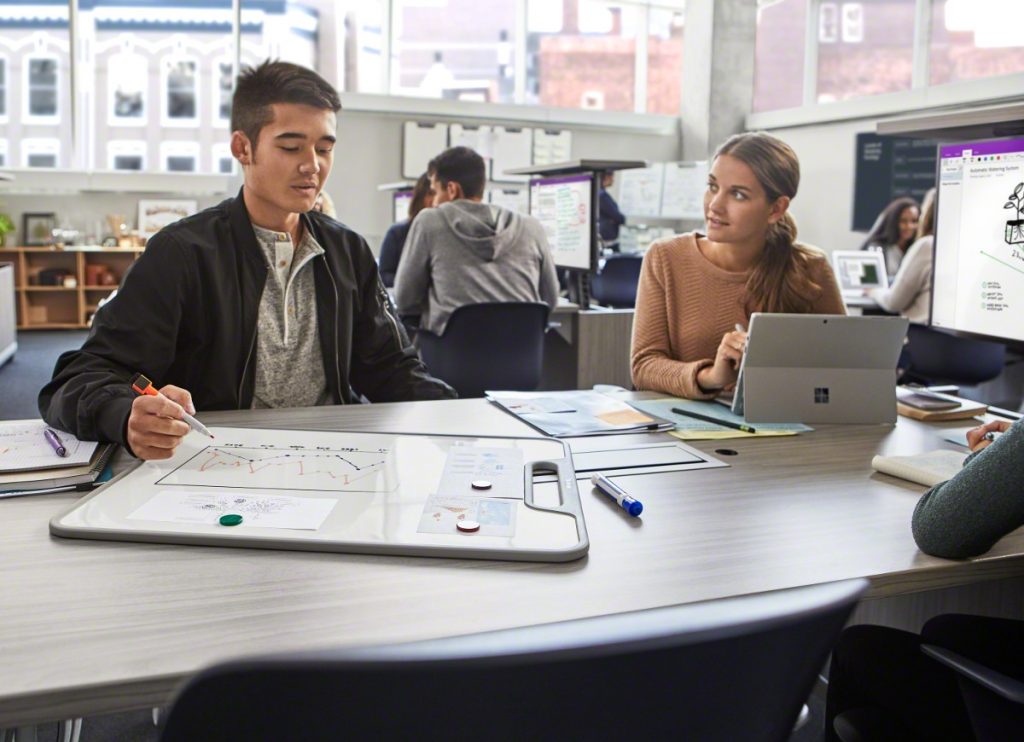
4. Provide alternative methods of sharing
Standing up to write on the board, raising hands to answer a question, engaging in classroom dialogue: these methods of sharing can be intimidating to an anxious student. In an effort to provide other means of sharing and engaging information, classroom technology can be a huge aid. Revolutionary products like the Verb Active Media Table bring collaboration technology to a smaller group of students, allowing for peer-to-peer teaching and dialogue. The monitor can be raised and lowered from the surface, making it easy to transition from large to small group settings. The screen also provides a privacy panel between the small group and the rest of the class.
Personal whiteboards can help equalize classroom communication as well. Small dry erase boards are ideal for personal use, but large enough to share work with a team or the rest of the class. For example, teachers can have students write their responses on the whiteboard and hold it up for review. With everyone responding at once, there is less pressure on each individual.
In what other ways can classroom design be improved for students with anxiety? Share with other educators in the comments below.
